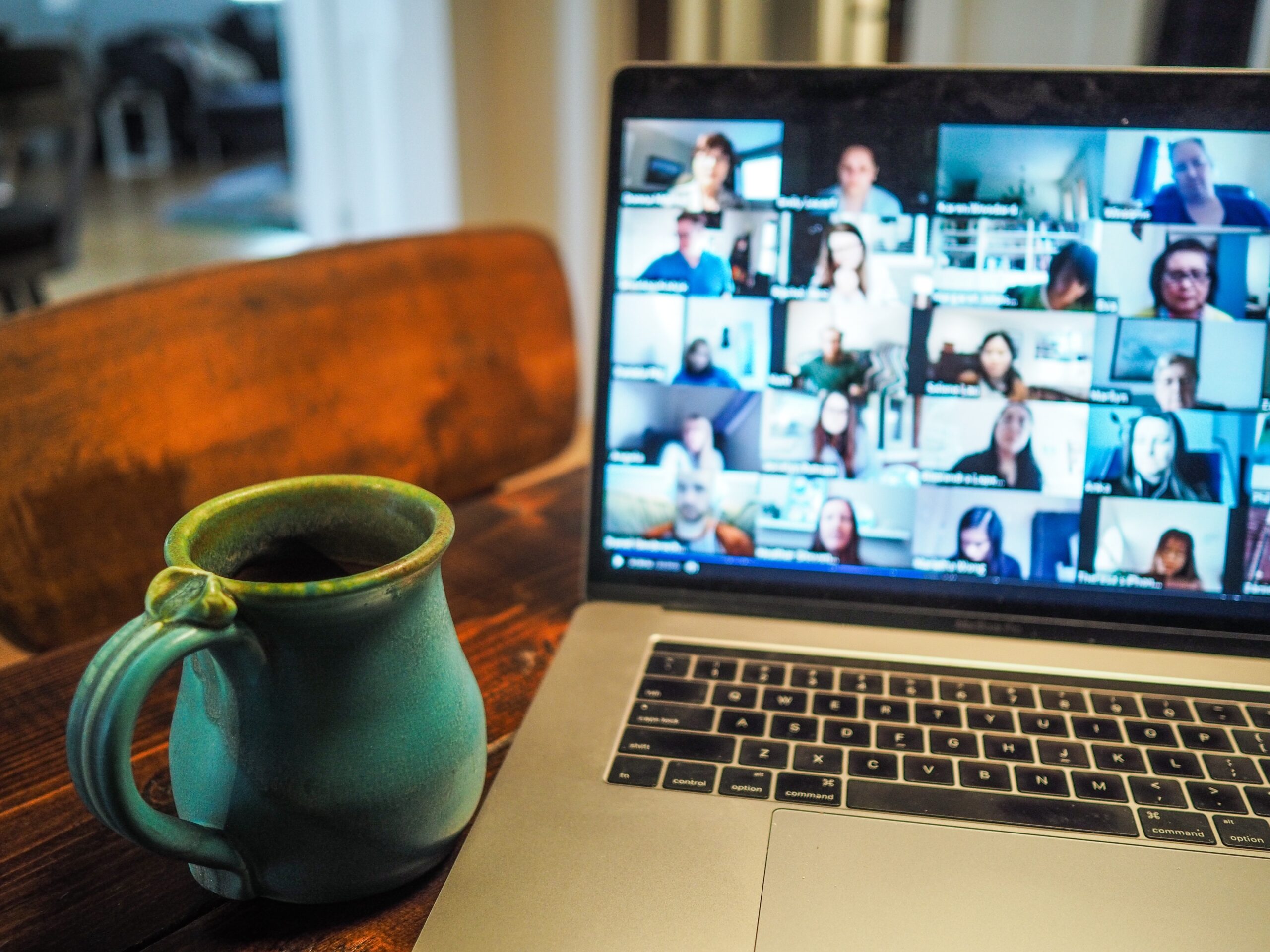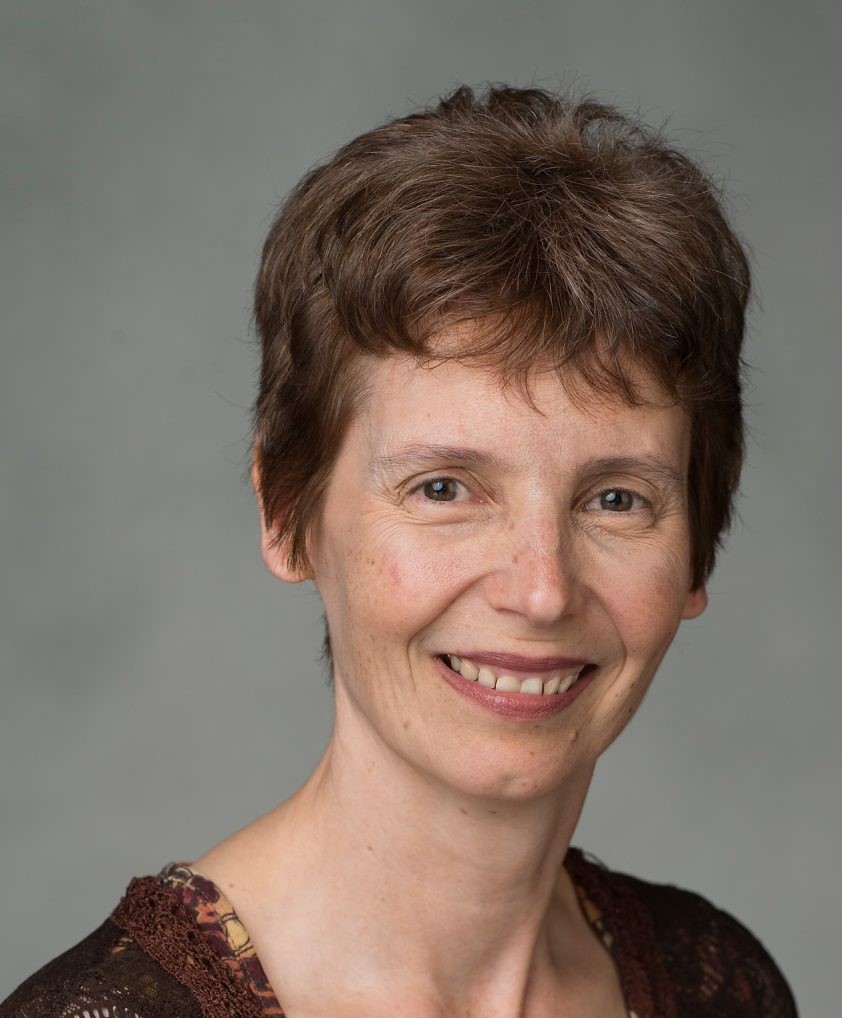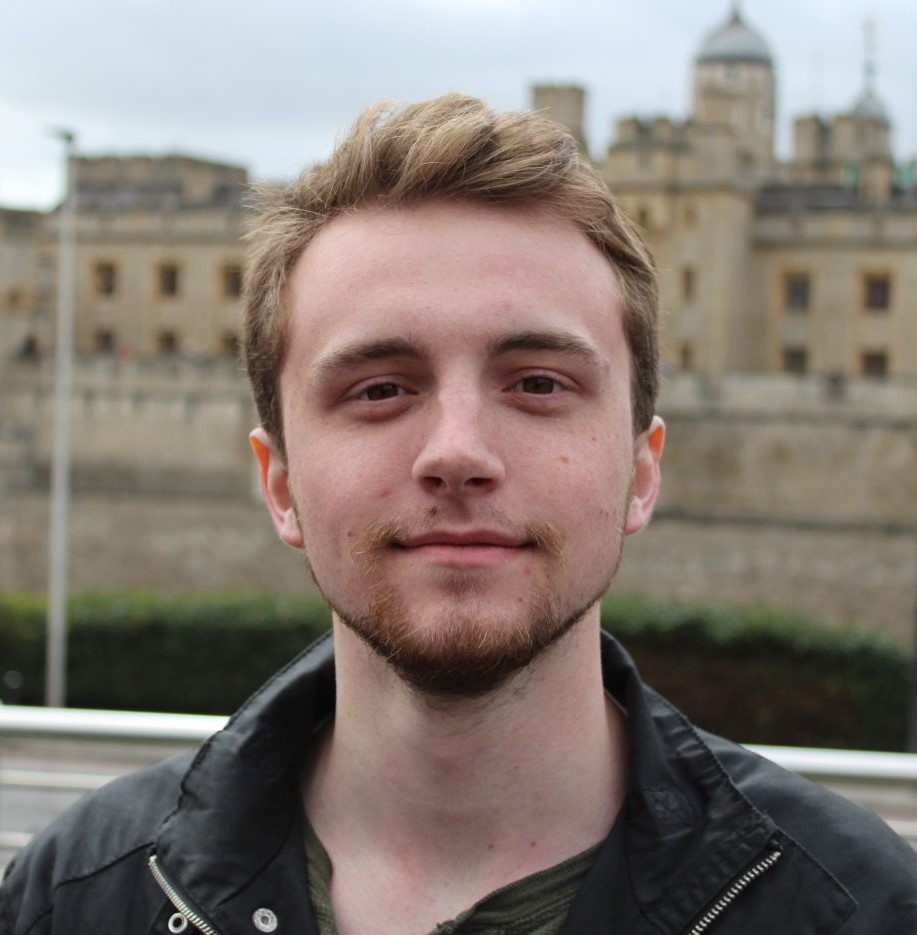
Expanding Research Opportunities
by Kimberly A. Barchard, John D. Watt, and Fitsum A. Ayele

When UNLV transitioned to remote learning in Spring 2020, most research labs closed. Not us. We’ve been a hybrid lab for more than a decade, exchanging dozens of emails per week and holding Skype meetings as necessary. In effect, we’ve been straddling the border between in-person and online. When in-person meetings became impossible, we launched ourselves boldly into a completely virtual space. We switched to online meetings, first using WebEx, then Zoom. After a few months, we also moved from the X drive to WebCampus, relocating our workshops and assignments to make them easier to access and using online discussions and posts to facilitate communication throughout the week.
Most other labs closed and stayed closed. Few labs were suited to the virtual environment and the physical labs that re-opened had to follow strict operating procedures with minimal on-site personnel. These circumstances created a terrible shortage of openings for undergraduates wanting research experience. Thus we found ourselves, last summer and fall, receiving an unprecedented number of applications from people who wanted to join our lab. We scrambled to interview them all: Multiple people stepped up to complete the meetings and offer their evaluations. The applicants were excellent. Rather than telling them to put their plans on hold or attempt graduate school, law school, or medical school without the usual research experience, we decided to substantially increase the number of research assistants in our lab. This was a daunting prospect. We spent hours and hours drafting and critiquing proposals, posing and modifying and rejecting ideas. Our efforts paid off. Over the last year, we have tripled the number of people in our lab. We went from 10 people at our lab meetings in Summer 2020 to 28 in Spring 2021. And we did this while holding all meetings virtually.
To make this transition, we created a self-contained one-semester research experience, consisting of activities we have used for years, but assembled into a condensed format. We selected activities that would build foundational skills needed for graduate school, law school, and medical school, and that would be manageable, practical, and safe with many people. We also used many outside resources, such as online training from DataCamp, workshops from Psi Chi, and books containing exercises and answers. With extensive discussion and feedback, we were able to find ways to substantially increase the number of new lab members, without reducing the quality of the experience for returning lab members. However, we had to make several adaptations.
First, we had to adapt our approach in order to create a sense of community, especially among lab members who have never met in person. When meetings are on campus, people often interact outside of those meetings. During breaks, people stop working, but they still hang out and chat. After meetings, people often walk to their cars together. This makes it easy for people to get to know each other. But when meetings are online, people rarely interact outside of those meetings: They show up on time, leave on time, and walk away from their cameras during breaks.

To create a sense of community, we had to deliberately build it in. We learned to schedule open lab times when members could work on whatever projects they wanted, and we scheduled unscripted discussions where students could talk about topics of interest. Similarly, lab managers and trainers started to hang out before and after meetings to answer questions, chat, and socialize, and we created a labelled “Break Room” within Zoom where people could socialize. Such unscripted interactions allow people to get to know each other better. For example, some people discovered shared interests in hiking and chess, and others discovered shared concerns about climate impacts. Building upon this, we let members choose whom they would work with, so they could build friendships to support each other, sympathizing with each others’ struggles over this difficult year and encouraging each other to study for the GRE or take time for workouts. Moreover, we embedded trainers within the breakout rooms where people were working, so new and returning members could get to know each other. In the future, each trainer will work with fewer students for more weeks, increasing these interpersonal bonds. This way, new members will have a better sense of vision about what the lab is, how they contribute to it, and how they can develop their skills over time. Hopefully, they will see that they, too, could be giving hour-long workshops, leading poster teams, and chairing meetings; they will see how they are a part of this community and can grow within it.
Creating a sense of community was not the only thing we had to do differently. We also had to change how we structured our meetings in order to make them feel like a lab. When we have a physical lab space, members often drop off their bags in the morning and hang out between classes. The lab is something they belong to, something they are in, a part of their identity. But when we are in virtual meetings, it can be hard to tell the difference between a lab meeting and a class.
To make our virtual meetings feel like a lab, we empowered members to do their best, rather than regulating them to meet required minimums. We used to have a scheduled break half-way through the meeting, but recently we told lab members they could take breaks whenever they needed. Some people continued to take one break at the half-way point; others took two shorter breaks. Some walked away from their cameras; others hung out in the Break Room or main room, talking with each other about hobbies and graduate school. We are pleased with the wide variety of strategies that lab members have taken to stay alert and productive and to make the meetings enjoyable, enriching experiences. Similarly, we told lab members that we expected them to participate in meetings, but they could leave their webcams off, if needed. Indeed, unstable internet connections mean that having your camera on can actually reduce your participation because you get kicked out of the meeting. We trusted lab members to problem-solve and adapt in order to participate as best they could – with or without their webcams. To assist new members in envisioning their future and identifying the steps needed to achieve their ambitions, returning members met with new members to discuss their educational and career goals. Within lab meetings, we encouraged students to personalize their projects to their own interests and allowed them to opt out of activities they did not find beneficial. We trusted their judgments about what would be valuable for them and what would fit into their crowded schedules. Along with the unscripted discussions and open lab time, these steps made our virtual meetings feel more like a research lab.
Lastly, we had to adapt our training methods, because the virtual meetings have made it harder to communicate. When we teach new skills in a physical computer lab, communication is easy. Trainers start at the front of the room so they can give an overview, pointing at things on the big screen. As people work, trainers walk around the room, looking at people’s monitors and answering questions. People problem-solve by calling on other lab members for help – often literally, by talking loudly to someone across the room. However, this approach is insufficient in an online environment, where people are isolated inside breakout rooms: Trainers are unable to see and hear the frustration from people running into problems, and trainees are unable to hear what the trainer is saying to others.
Therefore, we adjusted our activities to improve communication. We had trainers provide more up-front instruction before students move into their breakout rooms, and we recruited a third trainer so we could embed one within each group. This way, students get more of the help they need, faster. We also asked everyone to answer a short survey at the end of each Monday meeting. This gave us a better sense of what was working well and what issues were coming up. For example, this is how we recognized that Monday meetings felt more like a class than a lab. Finally, every three or four weeks, we held Collaborative Vision Meetings, during which we tackled complex organizational issues. At first, these meetings included only managers and trainers, but later we included anyone who wanted to participate. We built upon each other’s creative ideas, envisioning and engendering our inter-dependent future together.
We are looking forward to gathering again in our physical lab when UNLV returns to in-person classes. Nonetheless, we plan to continue offering a lot of training online. Online training is more accessible for students with tight schedules, and it allows us to have more lab members than we could fit within our physical space. We will continue to innovate in order to maximize both the number of students who can participate and the value that each person takes from their lab experiences. Expanding our lab has allowed us not just to help more students move towards their post-baccalaureate ambitions, but also to grow as instructors and mentors.
 Kimberly A. Barchard is a Professor in the Department of Psychology at University of Nevada Las Vegas, where she teaches statistics and psychometrics at the undergraduate and graduate level. Her psychometric research focuses on reliability, validity, and data quality, while her substantive research focuses on emotional intelligence and well-being. As the Director of the Interactive Measurement Group, she works to empower undergraduate research assistants to accomplish their personal and professional goals, particularly through the development of leadership, research, and communication skills.
Kimberly A. Barchard is a Professor in the Department of Psychology at University of Nevada Las Vegas, where she teaches statistics and psychometrics at the undergraduate and graduate level. Her psychometric research focuses on reliability, validity, and data quality, while her substantive research focuses on emotional intelligence and well-being. As the Director of the Interactive Measurement Group, she works to empower undergraduate research assistants to accomplish their personal and professional goals, particularly through the development of leadership, research, and communication skills.
 John D. Watt is a senior at the University of Nevada Las Vegas, where he majors in psychology. He recently completed his honors thesis, exploring the effect of a lovingkindness meditation on sense of self. As the Lab Manager for the Interactive Measurement Group, he oversees interviews and orientations of new lab members, sets the meeting and training schedule, supervises trainers who run workshops, and chairs weekly lab meetings.
John D. Watt is a senior at the University of Nevada Las Vegas, where he majors in psychology. He recently completed his honors thesis, exploring the effect of a lovingkindness meditation on sense of self. As the Lab Manager for the Interactive Measurement Group, he oversees interviews and orientations of new lab members, sets the meeting and training schedule, supervises trainers who run workshops, and chairs weekly lab meetings.
 Fitsum A. Ayele is a junior at the University of Nevada Las Vegas, where he majors in psychology and minors in management. He is planning an honors thesis related to stress in the workplace. As the Poster Supervisor for the Interactive Measurement Group, he assembles teams, selects topics, teaches the necessary statistical methods, supervises completion of weekly assignments that guide students through the creation of conference posters, provides feedback on drafts, and chairs weekly meetings.
Fitsum A. Ayele is a junior at the University of Nevada Las Vegas, where he majors in psychology and minors in management. He is planning an honors thesis related to stress in the workplace. As the Poster Supervisor for the Interactive Measurement Group, he assembles teams, selects topics, teaches the necessary statistical methods, supervises completion of weekly assignments that guide students through the creation of conference posters, provides feedback on drafts, and chairs weekly meetings.